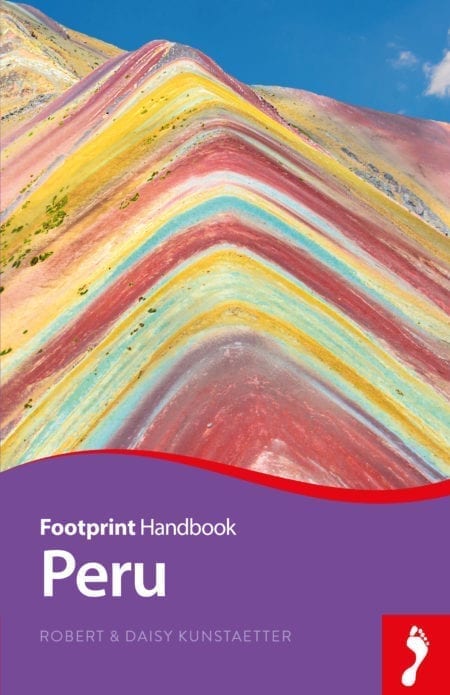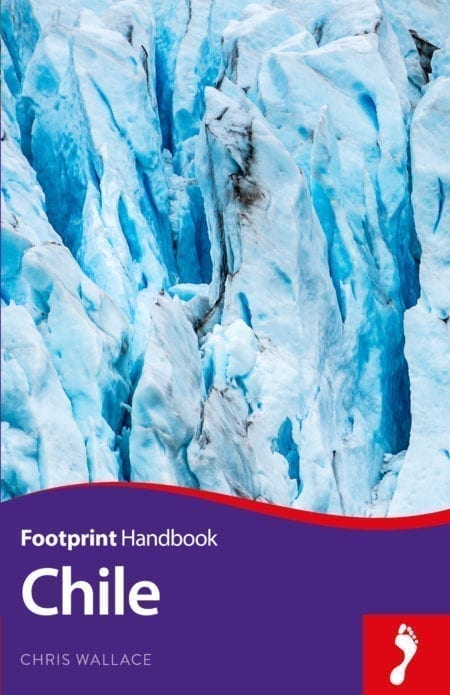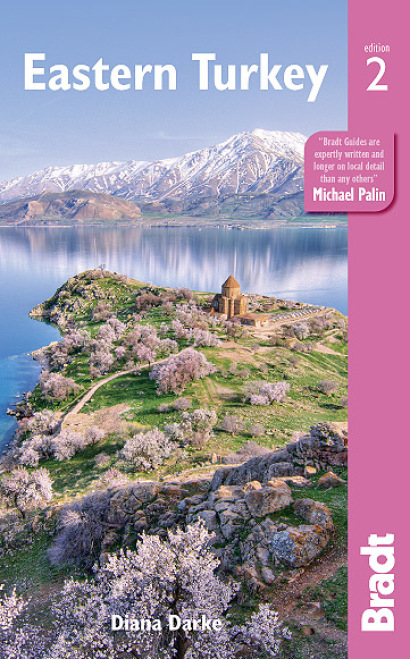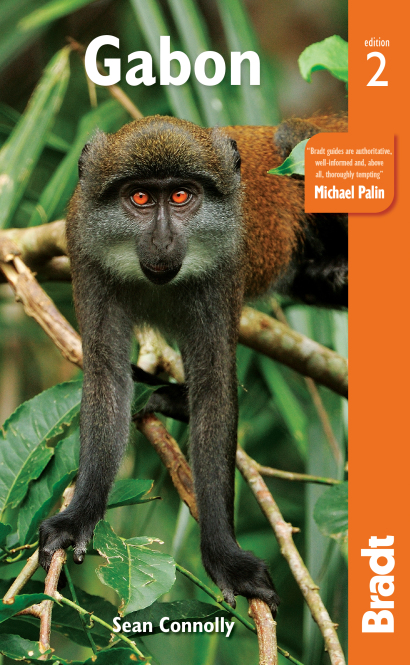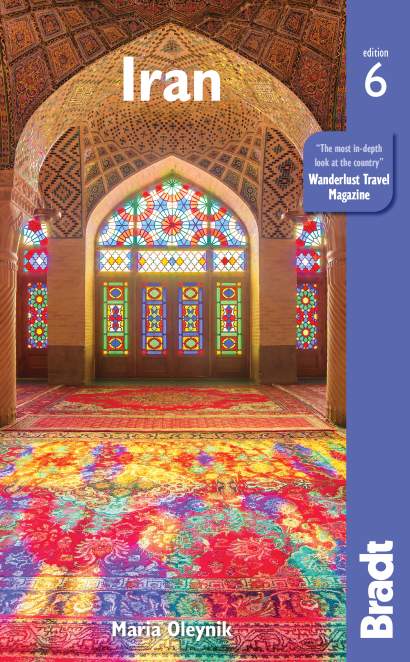The following sites were added to the UNESCO World Heritage List as part of the extended 44th session of the World Heritage Committee, which considered not only nominations from this year, but also from 2020.
India, Dholavira
Situated on the island of Khadir in the state of Gujarat, the ancient city of Dholavira is one of the five largest Harappan sites, occupied between around 3000-1500 BC. The archaeological site, which consists of a fortified city and a cemetery, represents one of the best-preserved urban settlements from this period in south Asia.
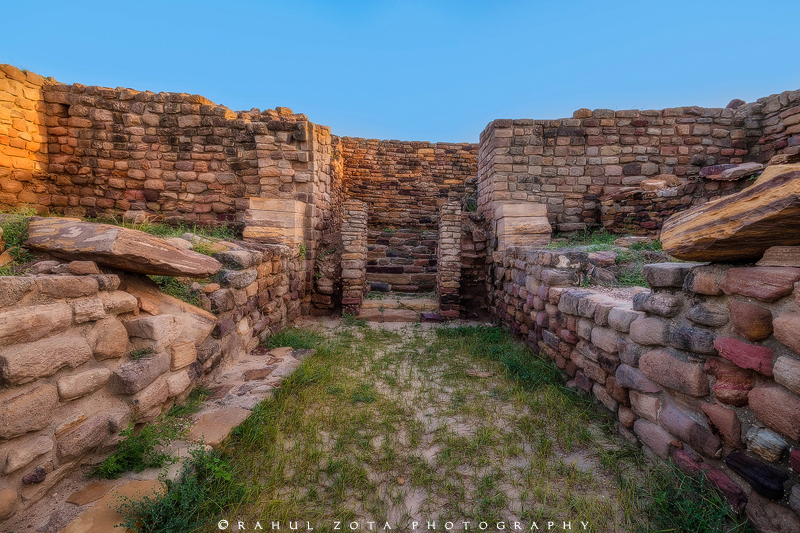
The settlement not only reveals the technological resourcefulness of the Harappan, for instance their water management techniques, but also their cultural achievements through a wide range of artefacts discovered, including bead-processing workshops.
Iran, Cultural Landscape of Hawraman/Uramanat
Located in the western Iranian provinces of Kurdistan and Kermanshah, this remote heritage site consists of two components: the Central-Eastern Valley (Zhaverud and Takht in Kurdistan) and the Western Valley (Lahun in Kermanshah).
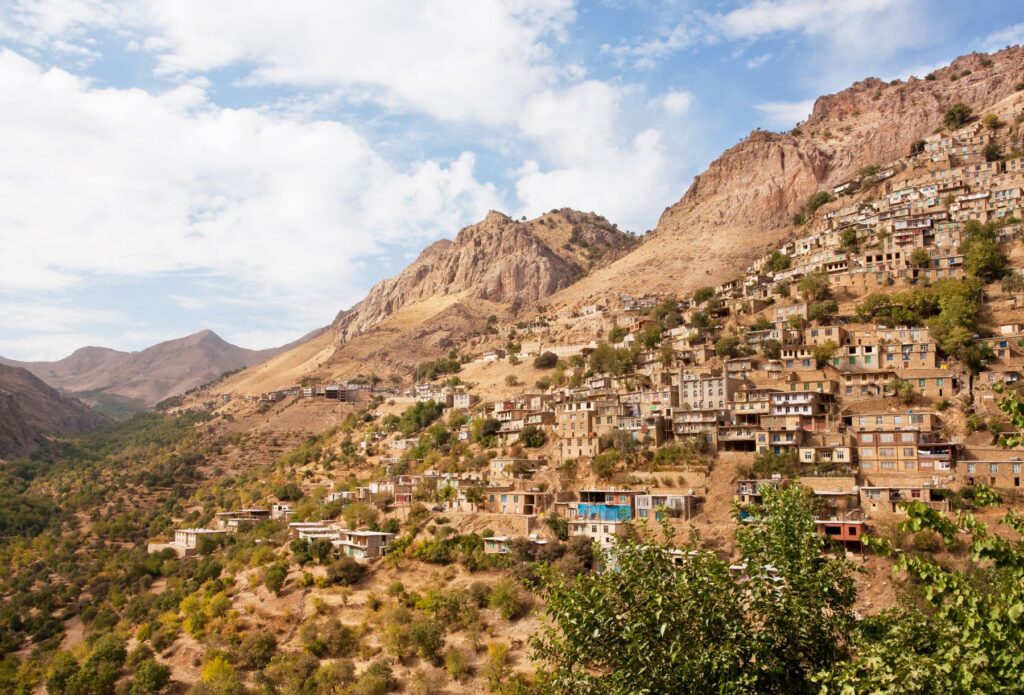
From about 3000BC, this region has been inhabited by a Kurdish tribe, the semi-nomadic Hamwrami, who have adapted their lifestyle and architecture to the rough environments of the mountains. One of the sites, Hawraman-e Takht, is one of the most picturesque and attractive villages in the whole of Kurdistan, perched on the side of the mountain over the valley.
The Porticoes of Bologna, Italy
One of the first things you notice when visiting Bologna is how every street is lined with arcades, or portici. The originals date from the 12th century, when the comune, faced with a housing shortage compounded by the presence of 2,000 university students, allowed rooms to be built on to existing buildings over the streets. However, the loggia below, even if on privately owned land, was a legally determined public space everyone was allowed to use.
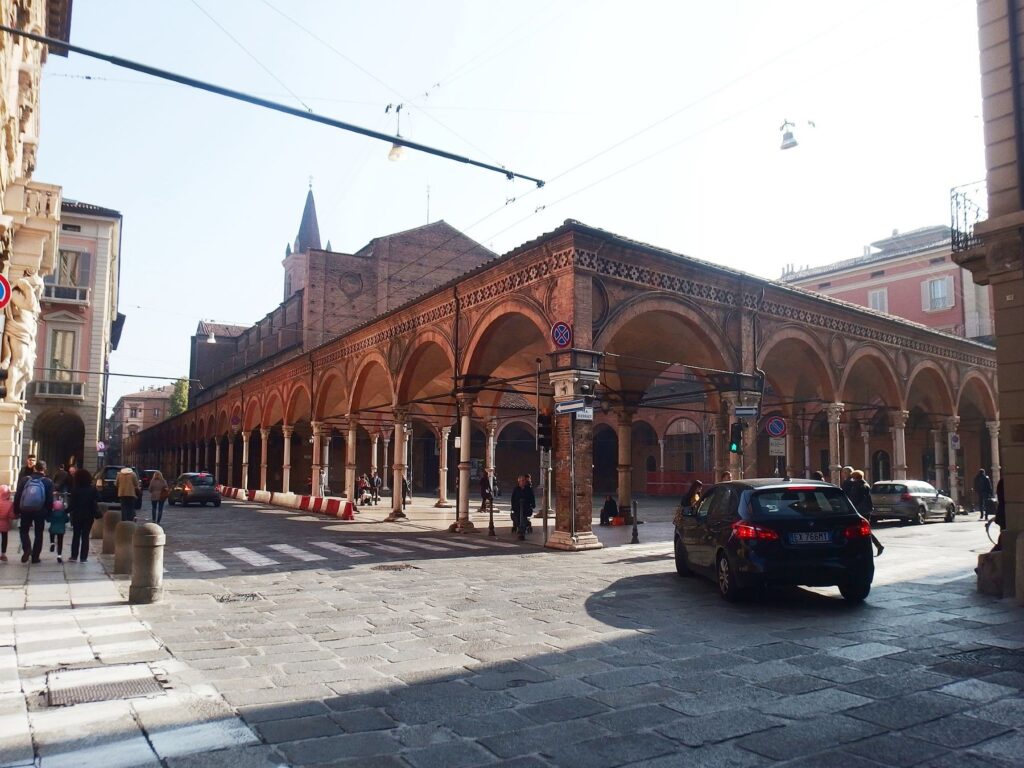
As a consequence, they have become part of the city’s identity, to the Bolognesi, their special world is the pianeta porticata, the ‘porticoed planet’. The components chosen to form part of the serial site are considered to be the most representative among the 70km of porticos in the city.
The works of Jože Plečnik in Ljubljana, Slovenia
The Slovene architect Jože Plečnik is to Ljubljana what Haussmann was to Paris. He had an even greater influence on his city as his touch is almost everywhere. Born in 1872, Plečnik had a grand vision for Ljubljana, which he wanted to be the Slovenian Athens, a spiritual home for a people who were in the process of discovering and developing their national identity. He dared to use unfashionable materials like concrete, often out of economic necessity, but still managed to infuse all his work with a quiet dignity and a human dimension.
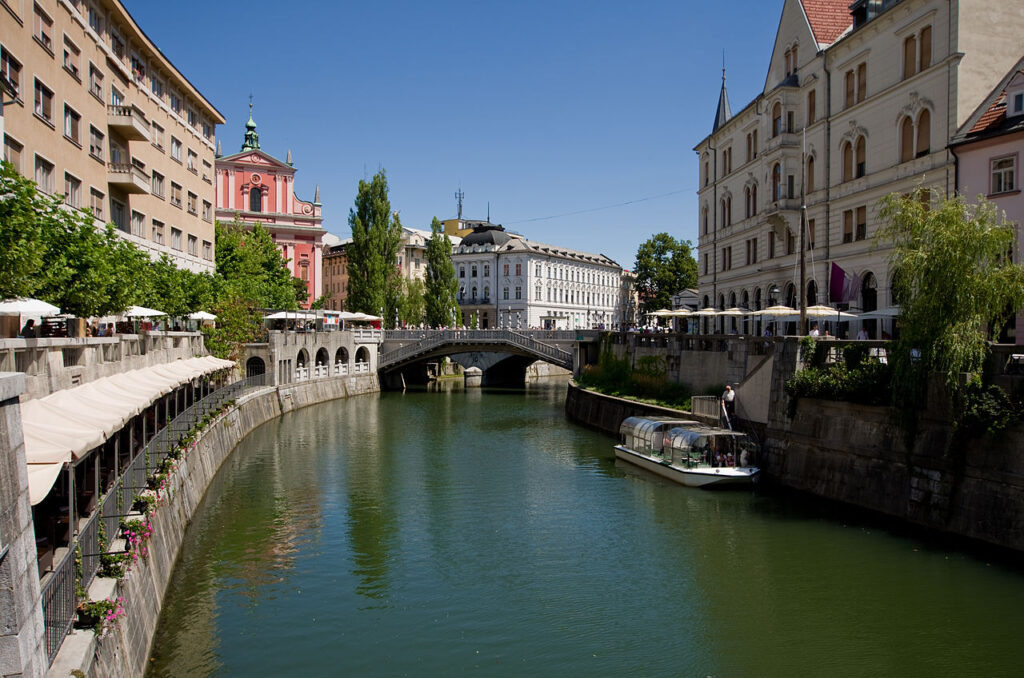
There is his landmark Triple Bridge, the nearby Cobbler’s Bridge, his remodelling of the banks of the Ljubljanica, the Križanke theatre complex, his bridge in Trnovo and, of course, the National and University Library, which many Ljubljančani rate as Plečnik’s masterpiece. Then there is his work adding the colonnades to the Central Market, the entrance to the Žale Cemetery and in Tivoli Park; the list is as extensive as it is impressive in its unfaltering quality.
Ivindo National Park, Gabon
Traversed in the north by the black waters of the Ivindo River, the 300,000 hectares of Ivindo National Park are among Gabon’s wildest and most spectacular. Southwest of Makokou, the Ivindo’s strikingly dark, tannic waters widen and break up into a labyrinth of channels and rapids flowing around hundreds of rocky islets, culminating in the phenomenal display of the Chutes de Koungou (Koungou Falls): a complex of waterfalls nearly 2km wide, broken up into four levels and three separate sets of cascades.
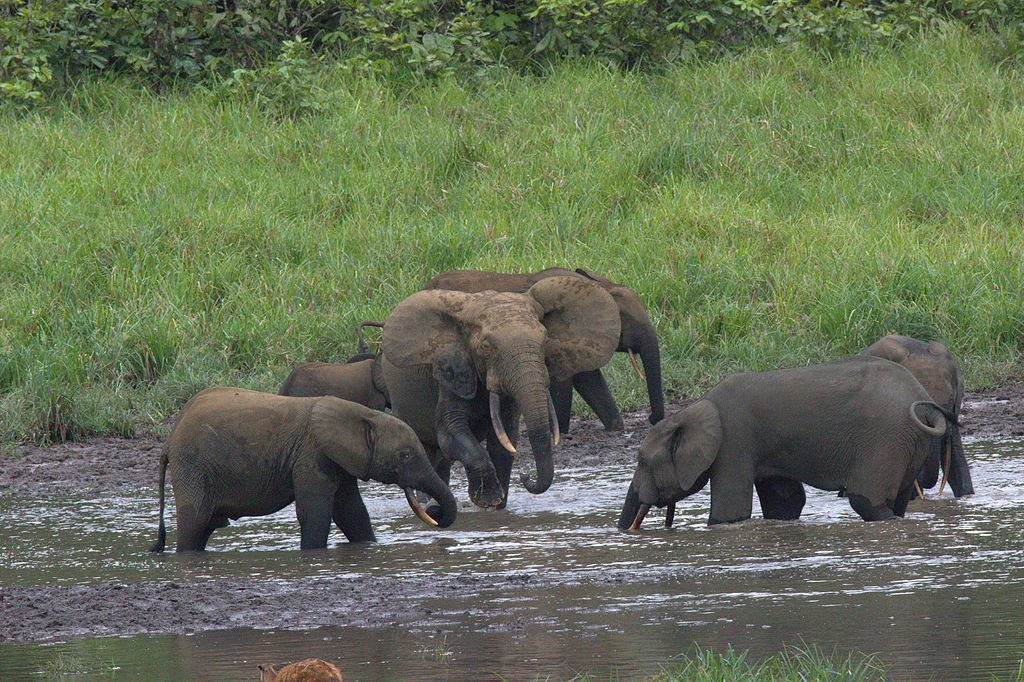
These impressive falls, with a drop of over 50m, are the highest in equatorial Africa and of great spiritual value to local people. A pirogue trip through the forest to the Koungou Falls provides an exhilarating introduction to the wilderness, with plenty of opportunities to glimpse birds, monkeys and hippos.
More than 430 species of bird, including large concentrations of African grey parrots, are recorded as living in the Ivindo Basin, making it one of the most rewarding bird-spotting regions in Africa. Indeed, more than 350 species have been recorded in the area immediately surrounding the IRET research station alone.
The Slate Landscape of North Wales, UK
Becoming the UK’s 33rd World Heritage Site, the slate landscapes of north Wales illustrate the transformation that industrial mining and quarrying brought to the previously rural area of Gwynedd.
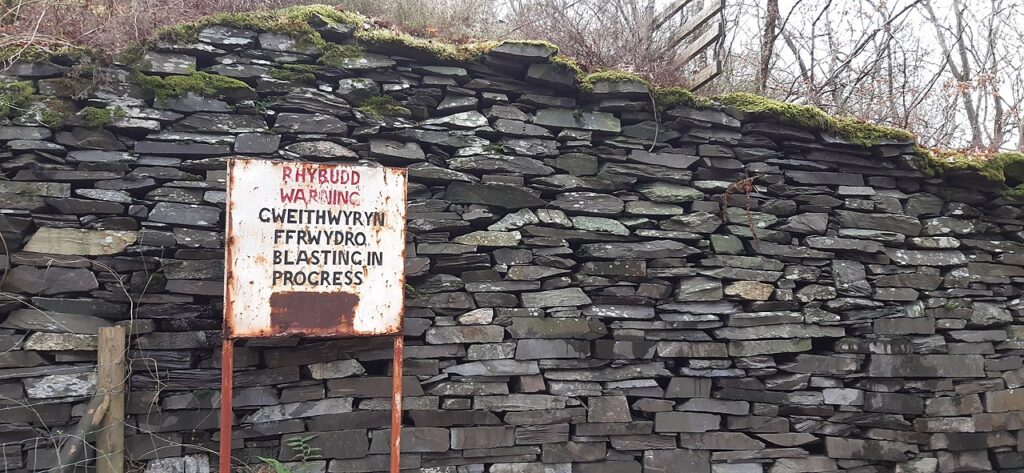
North Wales was a leader for the production and export of slate in the 18th and 19th centuries, but slate had actually been quarried in the area for nearly 2,000 years. Indeed, slate from the region had been used to build parts of Conwy Castle and even the Roman Segontium fort in Caernarfon.
The property comprises six components, ranging from quarries and mines to country houses and industrial settlements. The landscape has been recognised not only for its significance in the export of slate, but also in the development of skills and technological practices. In the words of UNESCO: ‘It played a leading role in the field and constituted a model for other slate quarries in different parts of the world.’
Japan, Jomon Prehistoric Sites
There are 17 Jomon prehistoric sites found across northern Japan, particularly on the island Hokkaido and in the northern Tohoku regions. Divided into settlement, ritual and cemetery sites, they all bear testimony to over 10,000 years of Jomon culture, as well as their ritualistic and spiritual activities.
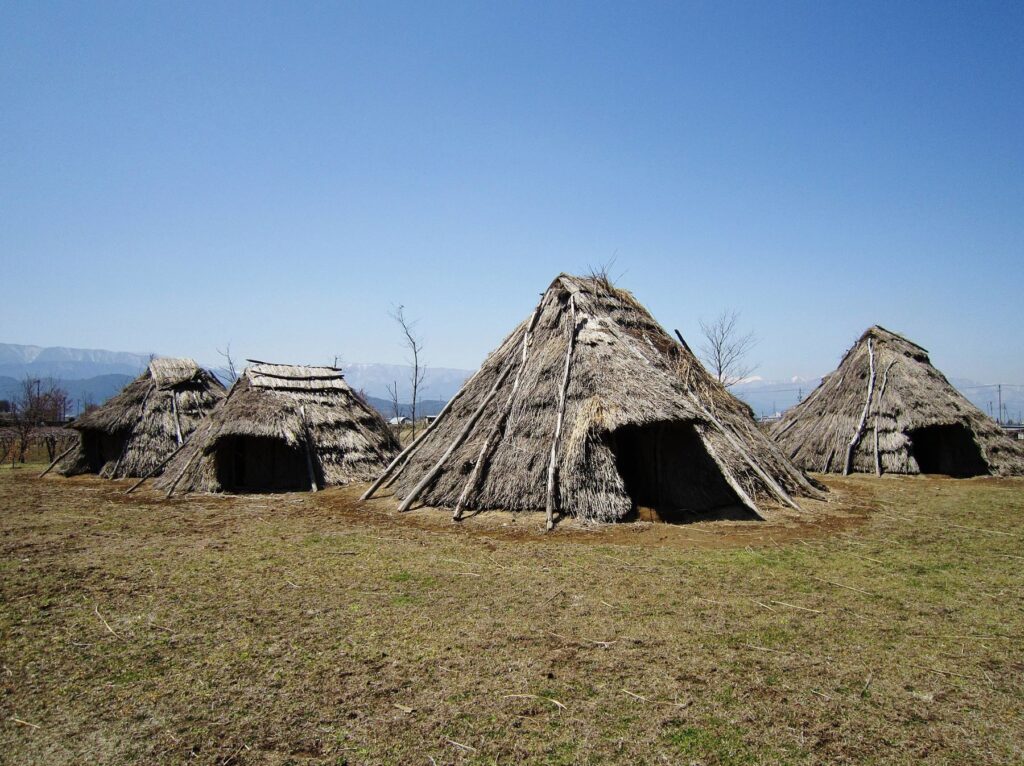
The latter is showcased through excavated spiritual objects, for instance the renowned wide-eyed dogu figurines, as well as on a bigger scale through earthworks and stone circles with a diameter of up to 50m. This new heritage site displays and commemorates the incredibly early development and maturity of this pre-agricultural civilisation.
Romania, Roșia Montană Mining Landscape
Located in the Apuseni Mountains of western Transylvania, this site has been a centre of the gold-mining industry since pre-Roman times. Its gold was an important source of wealth for the Roman Empire and from 106AD onwards they extracted around 500 tonnes of gold from the mining complex.
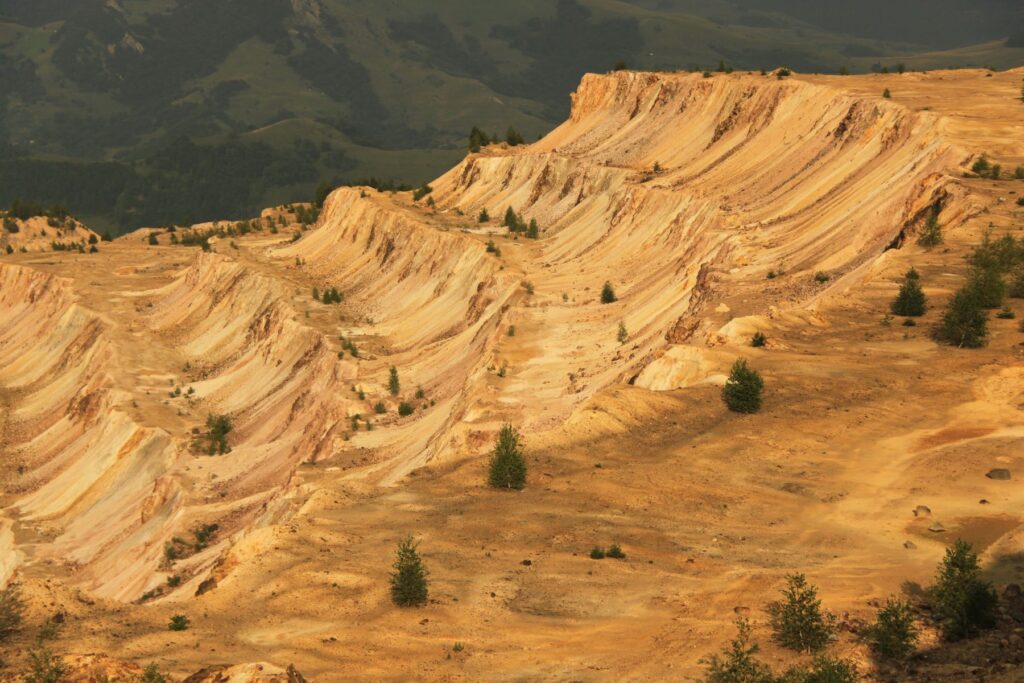
Entering the mine, you descend 157 steps and then walk along 40m of vaulted modern gallery to reach the elegant trapezoidal and truly remarkable Roman galleries, of which there are more than 7km. They have been painstakingly dug using picks or hammers and chisels: in places it is possible to make out the chisel marks on the walls.
Jordan, As-Salt
One of Jordan’s most historic towns, Salt (As-Salt locally) was at one time the country’s foremost city. It largely developed from a tiny settlement with just a handful of people to a place of considerable size during the reign of the Macedonian king, Alexander the Great (336–323BC). Over the centuries Salt grew in both size and stature to become an important trading centre and one of the most prosperous towns in Transjordan.
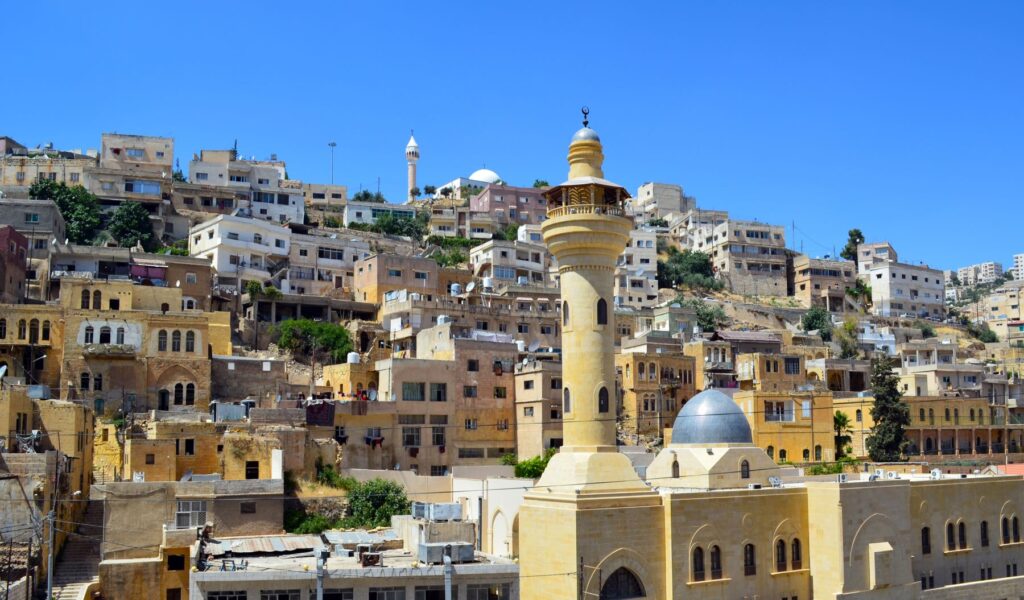
Under the Ottomans, it reached its zenith, becoming one of the empire’s regional capital cities and a key trading centre in its bid to expand its commercial activities eastwards from the River Jordan. Today its urban core alone contains around 650 significant historic buildings.
Côte d’Ivoire, Sudanese-style mosques
The small adobe mosques at Tengréla, Kouto, Sorobango, Samatiguila, M’Bengué, Kong and Kaouara, are some of the few remaining reminders of northern Ivory Coast’s rich pre-colonial Islamic heritage. They display stupendous examples of Sudanic Islamic design, a style characterised by archetypal mud-and-stick structures with russet clay and tree-bark walls and pyramidal pillars that would have been crowned by an ostrich egg.
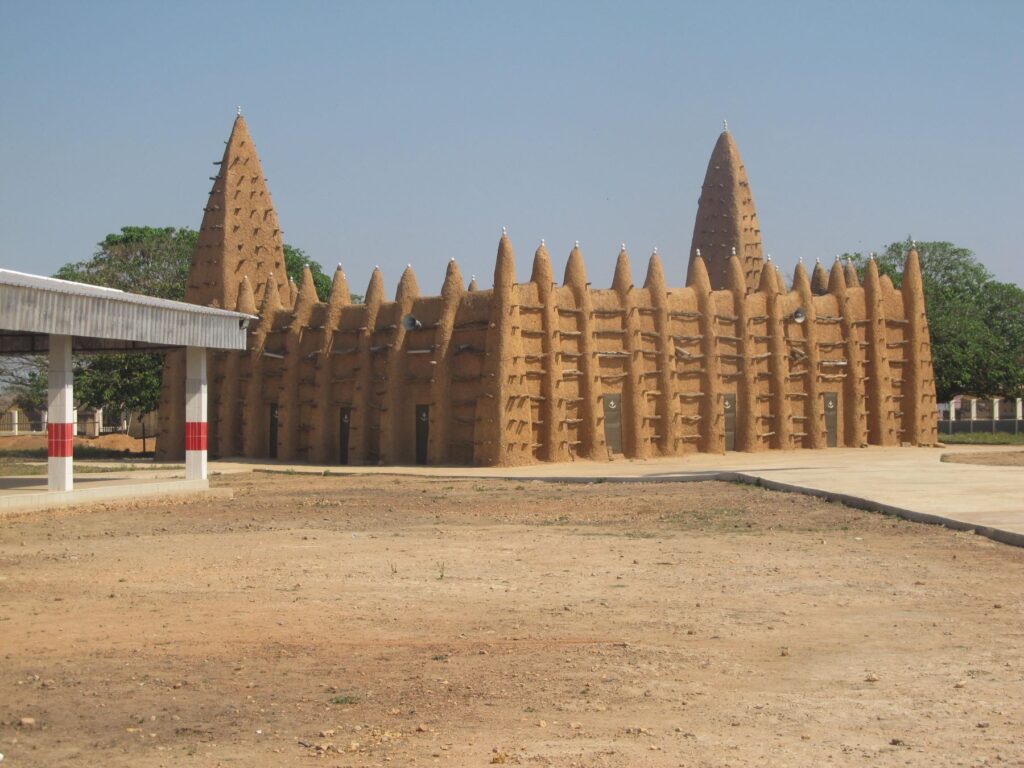
This animist motif pre-dating Islam was believed by the West African Muslims of the time to protect the narrow, tapered tops of the pillars from the ravages of the weather. This highly distinctive style is a testimony to the trans-Saharan trade, which enabled this expansion of Islamic culture and architecture.
France, Nice (Winter Resort)
On the Rivera lies the beautiful city of Nice with its superb coastal location at the foot of the Alps. Since the 18th century, the Mediterranean city has experienced an incredible development of winter tourism. Its mild climate specifically facilitated the increasing popularity of the winter climatic resort particularly among upper-class and even aristocratic British families.
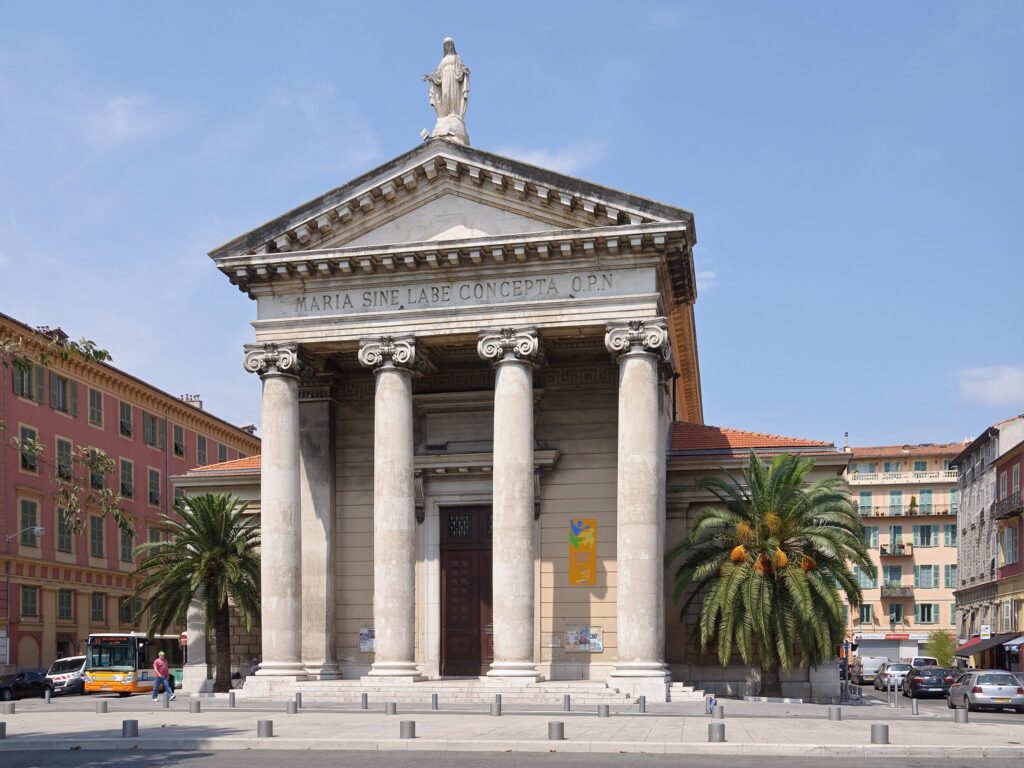
Due to the introduction of urban planning in 1832 and new architectural developments with the aim of attracting more foreign tourists, different nationalities also started to spend their winters in Nice, including a multitude of Russians. These different cultural influences still shape the city and its reputation as a popular cosmopolitan winter resort.
Brazil, Sítio Roberto Burle Marx
Situated in the west of Rio de Janeiro, this was, from 1949 to 1994, the home of the great Roberto Burle Marx (1909–94), the world-famous landscape designer and artist. His projects achieved a rare harmony between nature, architecture and manmade landscapes.
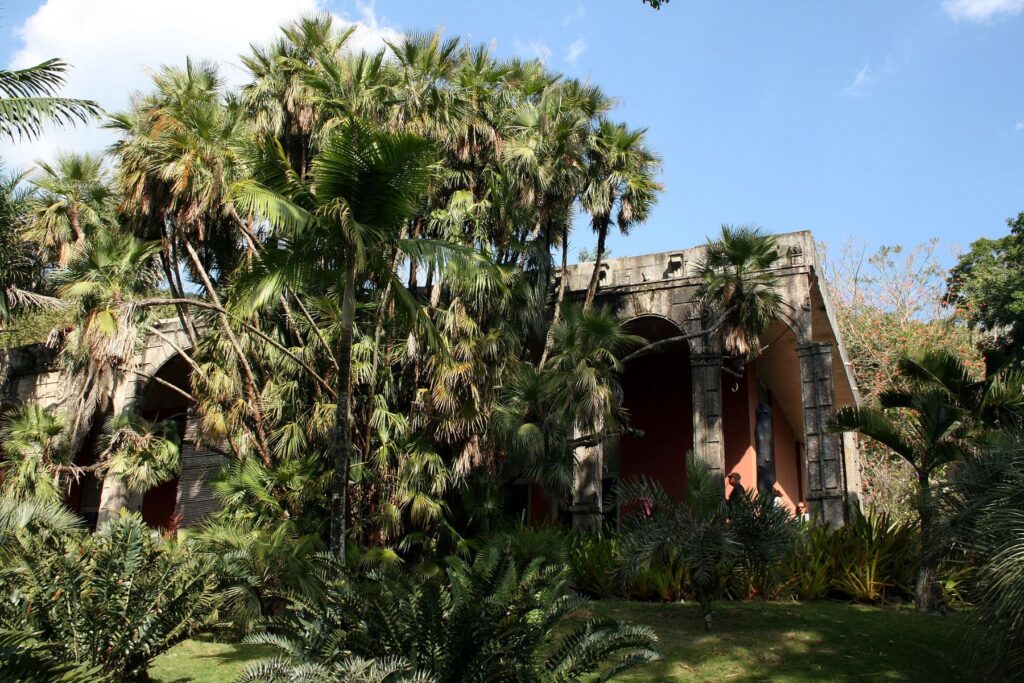
Covering 350,000 square metres, the estate contains an estimated 3500 species of plant, making it the most representative collection of Brazilian flora. Also on view are Burle Marx’s collection of paintings, ceramics, sculptures and other objets d’art, plus examples of his own designs and paintings. This modern tropical garden is the first of its kind to make the World Heritage List.
Peru, Chankillo Archaeoastronomical Complex
This prehistoric site (250–200 BC), located in the coastal desert of Peru near the Casma Valley, is widely considered to be the oldest astronomical observatory in the Americas. The complex contains an assortment of constructions which, combined with natural components such as the sun, function as a calendrical instrument able to determine dates.
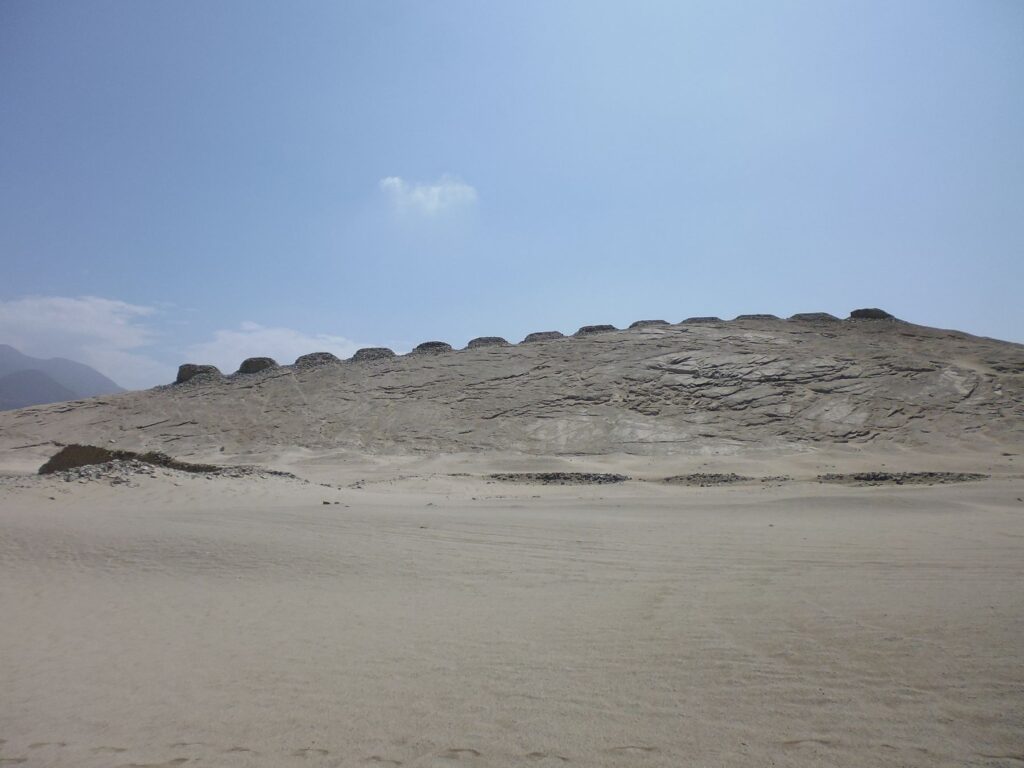
Chankillo showcases major innovation and a tradition of astronomical practices in the region. The site also includes 13 towers aligning on the ridge of a hill and a fortified temple with several defence systems such as barricades, multi-layered walls and false entrances.
Uruguay, The Church of Atlántida
Located in Estación Atlántida, the Parroquía Cristo Obrero (Church of Christ the Worker) was is considered an architectural masterpiece, designed by engineer Eladio Dieste in 1957–58. Built simply on a rectangular plan of a single hall, its curved brick walls and roof magically meet with a tolerance of just 5mm, while the broad façade is free-standing.
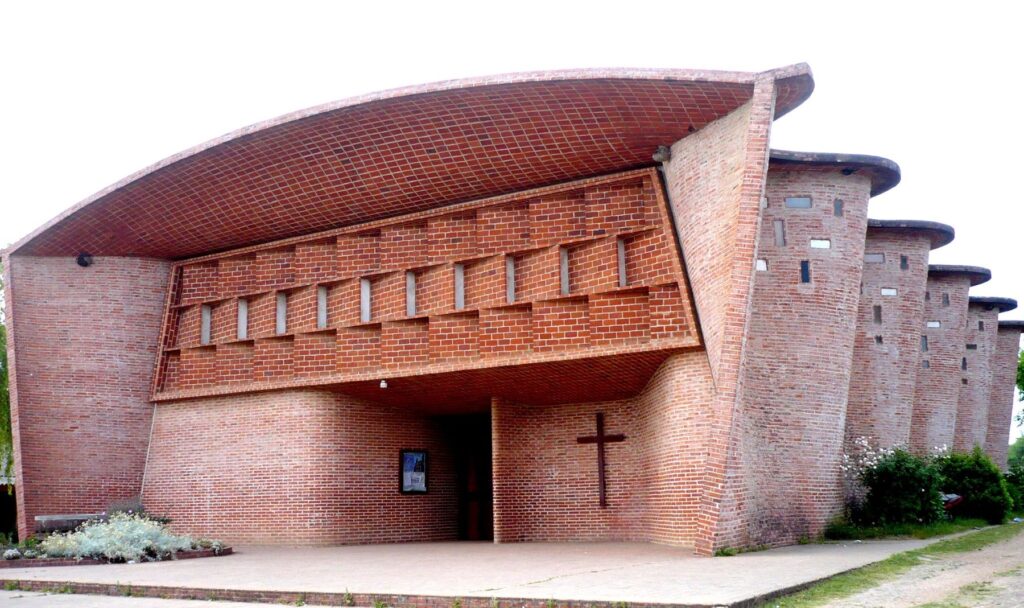
Inside, hidden openings direct light to the altar and a wooden statue of Christ by Joaquín Torres García’s pupil Eduardo Díaz Yepes. To the right is the cylindrical bell tower, with a spiral staircase of bricks cantilevered on steel rods. An example of the outstanding architectural achievements in late 20th-century Latin America, the church’s design masterfully combines aestheticism with structural imperatives.
Chile, Settlement and Artificial Mummification of the Chinchorro Culture
As the successors of fisherfolk and foragers living in permanent settlements by the ocean from about 7600BC, the ‘Chinchorros’ developed one of the most noted characteristics of Andean cultures: veneration for their ancestors. In the arid climate of the Atacama, they observed how bodies were naturally preserved and developed the skilled practice of mummification over a period of 3000 years, preserving the dead as sacred objects and spiritual protectors.
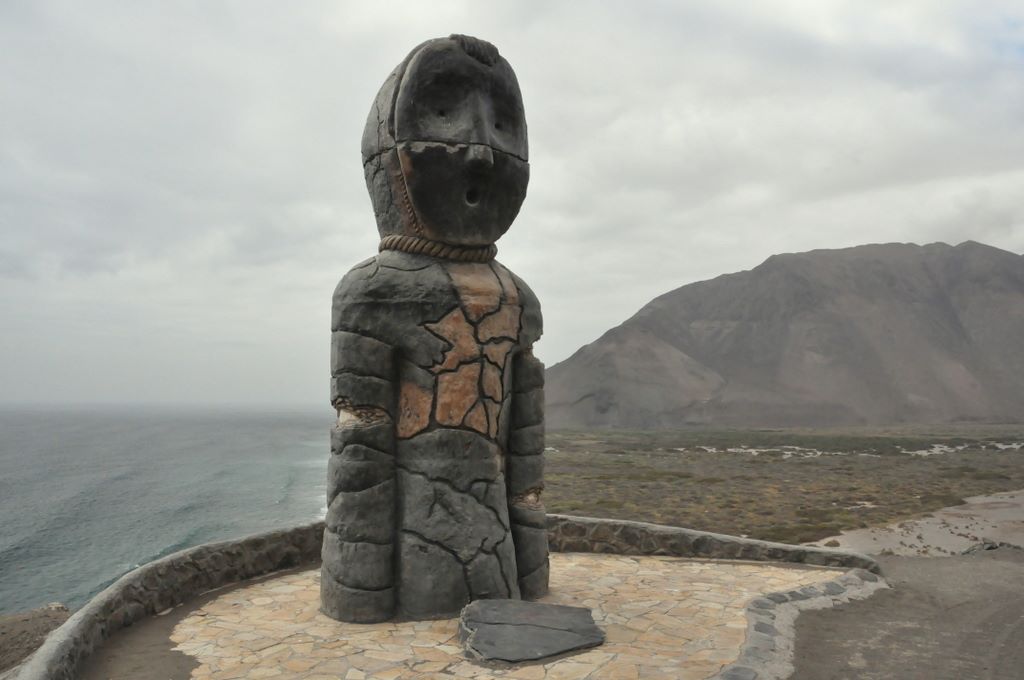
The archaeological proof of artificial mummification found on these sites is the earliest evidence of such conduct known to us. There are three components to the site: Faldeo Norte del Morro de Arica, Colón 10 (Arica) and Desembocadura de Camarones (100km further south).
Mexico, Monastery and Cathedral of Our Lady of the Assumption of Tlaxcala (Extension)
Only three of the earliest monasteries established by Franciscan, Dominican and Augustinian friars in Mexico are still standing, and the ensemble of the Monastery and Cathedral of Our Lady of the Assumption is the last to be inscribed as a World Heritage Site. Located in the Tlaxcala, southeast of Mexico City, the site was a cornerstone for the evangelisation programme established in 1525 during the early stages of the Spanish colonisation.
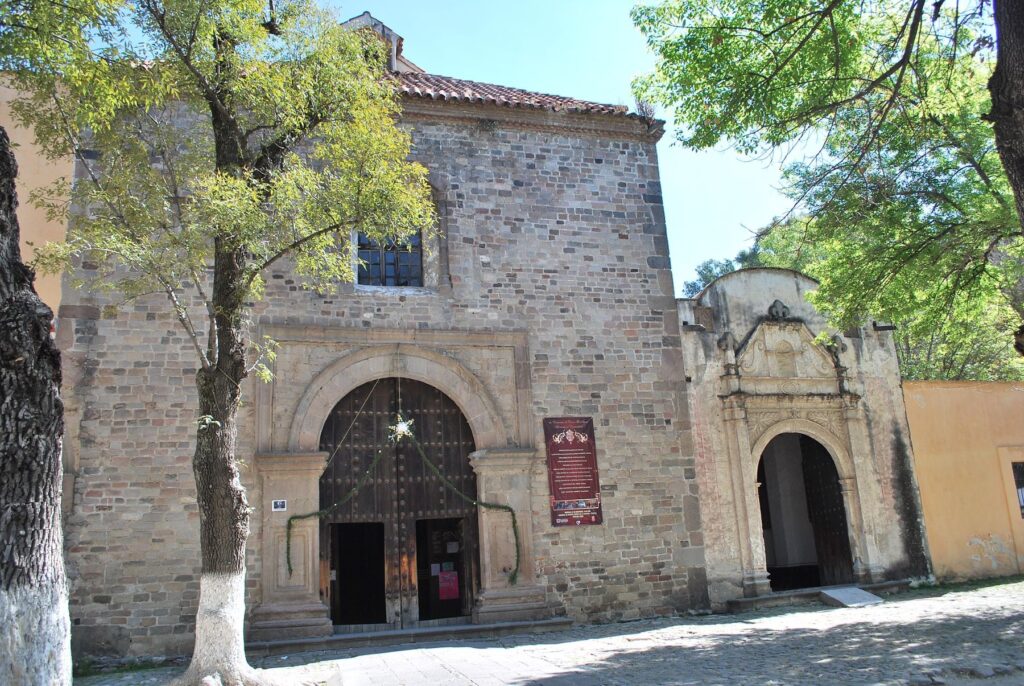
The cathedral and monastery are a testimony of a change in architectural style in this new cultural context. The ensemble contains a wooden mudéjar and a free-standing tower, both elements not found in the other monasteries which form part of this unique serial property.
Germany/Netherlands, The Lower German Limes
This site covers an area from the German Rhenish Massif, 440km along the left bank of the Lower Rhine, until it reaches the North Sea coast in the Netherlands. The Lower German Limes represented the boundaries of the Roman province of Lower Germany from the 1st to 5th centuries AD, which was simultaneously part of the northwestern frontier of the Roman Empire.
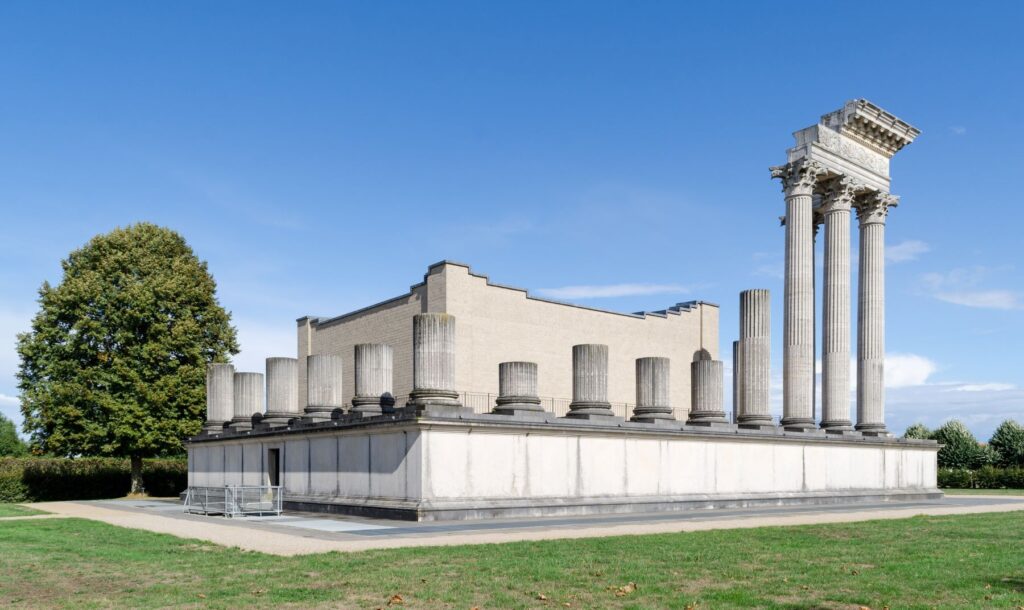
This section of the frontiers contains 102 components in both Germany and the Netherlands, including the earliest-known example of a linear frontier in such a constantly changing and riverine landscape. Most of the archaeological remains, mostly military infrastructure as well as civilian settlements but also an amphitheatre and a palace, are buried underground.
Germany, ShUM Sites of Speyer, Worms and Mainz
The acronym ShUM comprises the Hebrew initials for the German cities Speyer, Worms and Mainz, in which this serial site is situated. All these cities, once referred to as ‘Jerusalem on the Rhine’, were major centres of Jewish culture, architecture and scholarship.
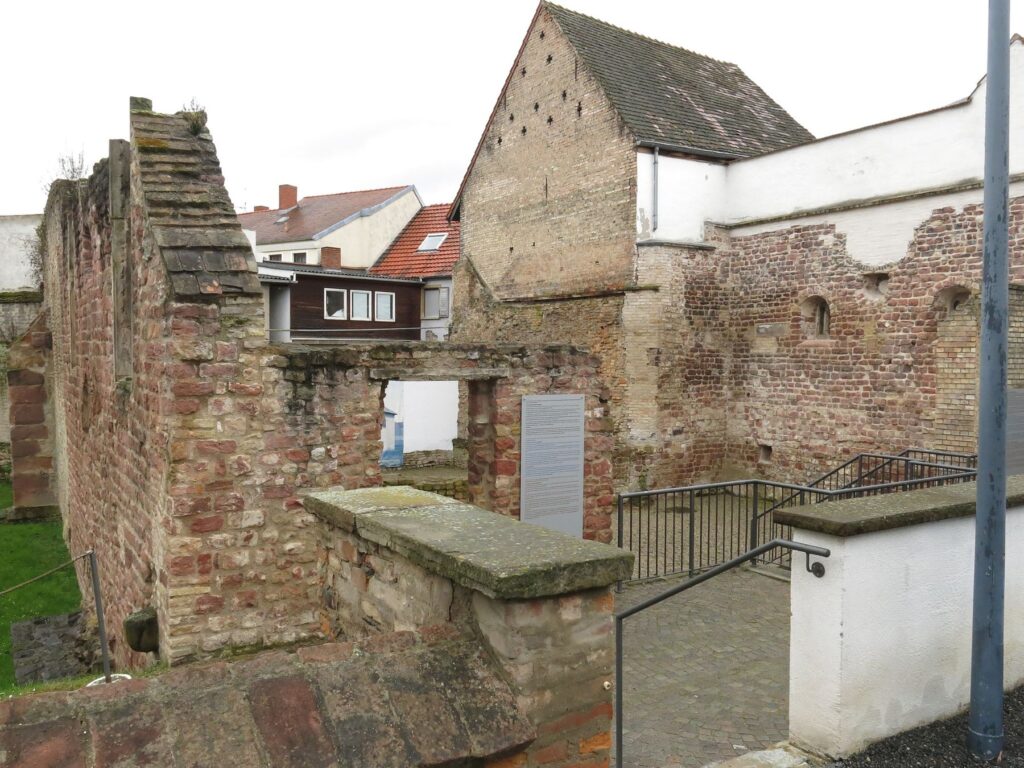
The first of the four component sites is the Speyer Jewry-Court, which incorporates structures of a synagogue, a women’s shul (Yiddish for synagogue), vestiges of the yeshiva (religious school), acourtyard and a still-intact underground mikveh (ritual bath). Further components are the Old Jewish Cemetery in Mainz and the Worms Synagogue Compound and Old Jewish Cemetery in Worms. All portray medieval settlement patterns of the Ashkenazi Jews and their distinctive communal customs.
Arslantepe Mound, Turkey
Locatd on the eastern outskirts of Malatya, a city in eastern Turkey, this 30m-tall mound was occupied from around the 6th millennium BC up until the late Roman period. The most significant find is that of ‘the world’s first palace’, dated to 3350BC, thanks to a joint Turkish–Japanese project, now an open-air museum, but roofed for shade and protection.
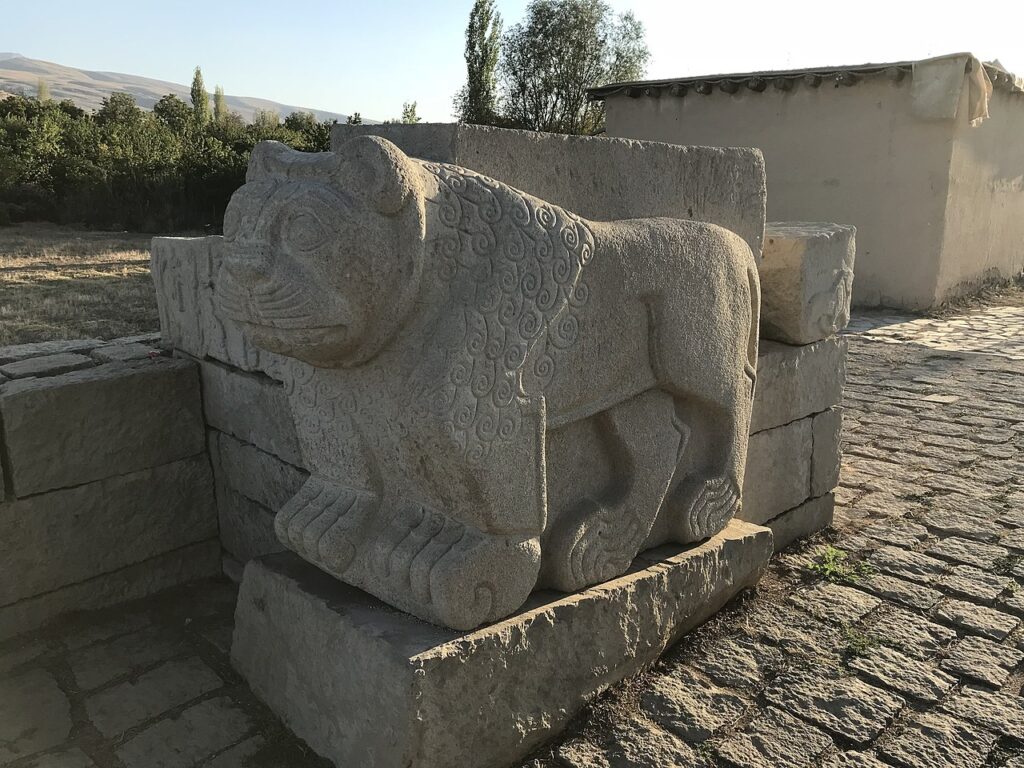
The palace is a huge complex of religious, economic and administrative buildings, the first example of its kind, displaying the development of a state society in the region and administrative structures that predate writing. The name Arslantepe means ‘Lion Hill’ because of the stone lions found here guarding the north gate to the Hittite city, which are thought to date back to the 11th century BC.
Colonies of Benevolence, Belgium, Netherlands
Founded in the 19th century as a consequence of social-reform efforts to reduce urban poverty, the Society of Benevolence created remote agricultural settlements with the aim to provide employment. Their original headquarters were located in the earliest colony Frederiksoord (Netherlands), established in 1818, which is one of four components of this heritage site.
When the revenues were insufficient, ‘unfree’ colonies were created, intended for orphans, beggars and vagrants, who were resettled into large collective structures while working on the centralised farms. At their peak over 11,000 people lived in the Dutch colonies and 6,000 in Belgium.
Cordouan Lighthouse, France
Situated on a rocky plateau in the Atlantic off the coast of Royan, this lighthouse is reached by a 45-minute boat ride. It is the only French lighthouse at sea which is still guarded and the oldest that is still active.
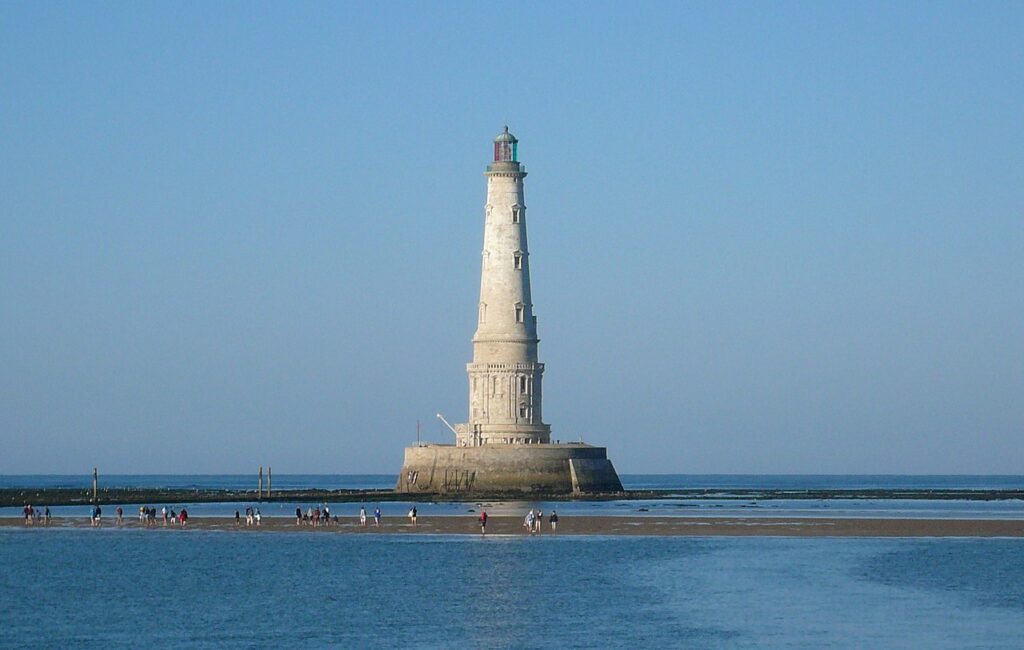
Built around the 16th and 17th centuries, the limestone tower is a testimony to contemporary architectural developments as well as technological innovation. Inspiration for the lighthouse, with its pilasters, columns and gargoyles, was partially drawn from ancient stylistic models.
Kakatiya Rudreshwara (Ramappa) Temple, India
Dedicated to Siva as Rudreswara, this temple was built in 1234 and is one of the finest medieval Deccan temples. Situated in a walled complex built around 1123–1323 CE during the Kakatiyan period, it’s located in the small village of Palampet in the southern Indian state Telangana.
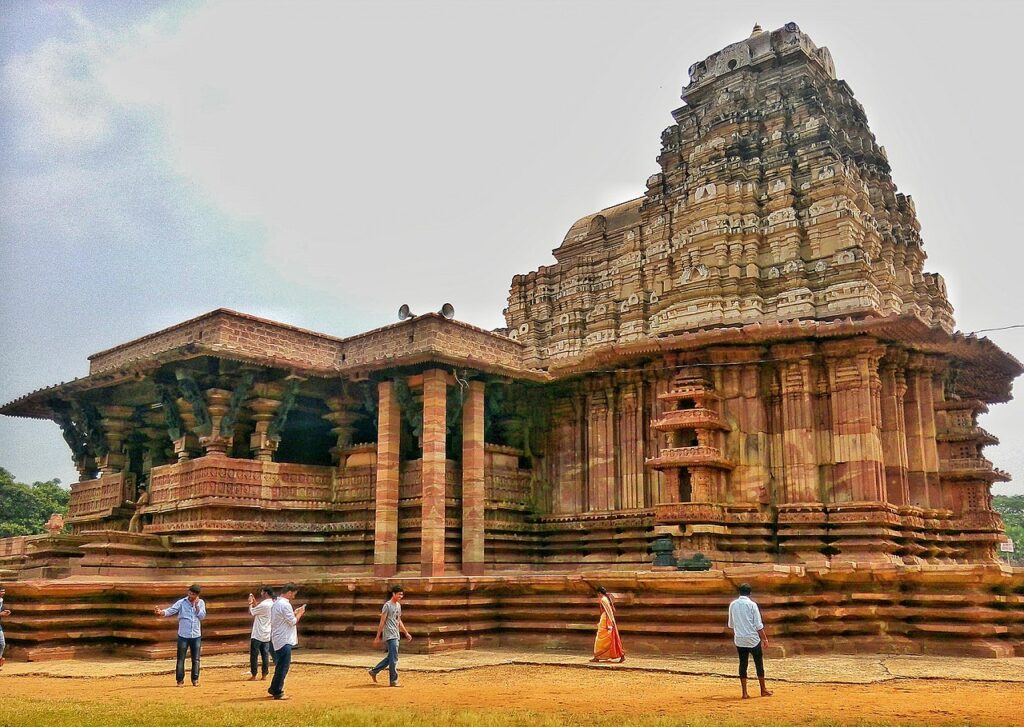
The black basalt sculpture is impressive with famous Mandakini figures of female dancers which appear on brackets at the four entrances. The base of the temple has the typical bands of sculpture: the lowest of elephants; the second, a lotus scroll; the third depicting figures opening a window on the life of the times; and finally a floral scroll.
Mathildenhöhe Darmstadt, Germany
In 1897 the Grand Duke of Hesse, Ernst Ludwig, established the Darmstadt Artist’s Colony on the city’s highest elevation, the Mathildenhöhe in Germany. The grandson of Queen Victoria aspired to create an artistic centre for emerging reform movements not only in the arts, but also in crafts and architecture. The artists themselves created the buildings on the site, which was expanded during several international exhibitions in the early 20th century.
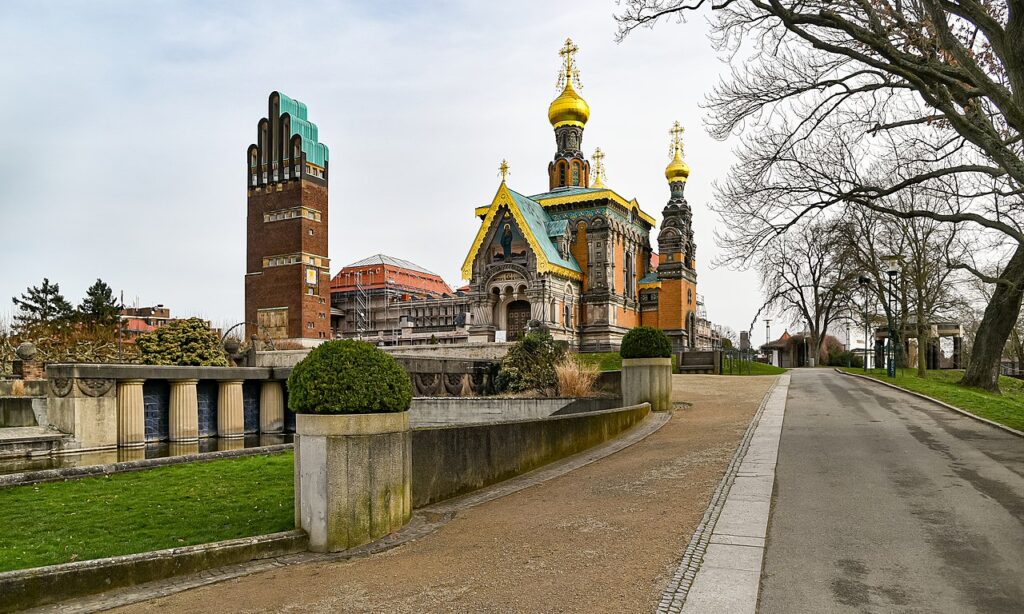
The heritage site includes 23 elements, among others the Wedding Tower (1908), the Plane Tree Grove (1833, 1904–14) and the ‘Swan Temple’ Garden Pavilion (1914). Today it not only displays architectural developments, but also contemporary concepts of urban and landscape planning, strongly influenced by artistic movements.
Padua’s 14th-century fresco cycles, Italy
The country with the most UNESCO heritage sites wins yet another for the historical walled city of Padua, located in northern Italy. The serial heritage site contains eight religious and secular components, housing a selection of fresco cycles from the 14th century.
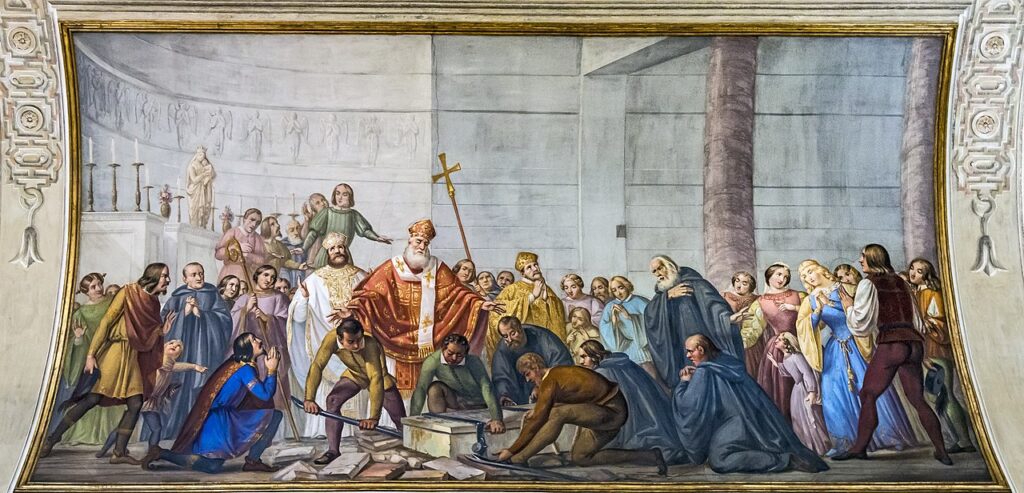
While painted by different artists for different patrons and purposes, the cycles are largely unified in style and content. The different buildings show the developments of fresco art over the course of a century; in particular, a cycle by Giotto’s Scrovegni is considered to be a revolutionary advancement in the field of mural paintings.
Paseo del Prado and Buen Retiro, Spain
This landscape of arts and science can be found in the urban heart of Spain’s capital, Madrid. The 200ha site has evolved since the establishment of the Paseo del Prado avenue in the 16th century. Several major fountains, the iconic Plaza de Cibeles and buildings dedicated to arts, sciences and technology form part of the property.
The heritage site is, in many ways, a display of 18th-century ideas regarding urban planning and space within a period of enlightenment. The largest part of the property is occupied by the Jardines del Buen Retiro (Garden of Pleasant Retreat), the remnant of the 17th-century palace, displaying a multitude of gardening styles throughout the centuries.
Quanzhou: Emporium of the World in Song-Yuan China
Located on the north bank of the Jon River in eastern coastal China, this ancient maritime emporium (dating to the 10th–14th centuries AD) was a city not only of vibrancy but also of high significance as a centre of trade during the Song and Yuan periods.
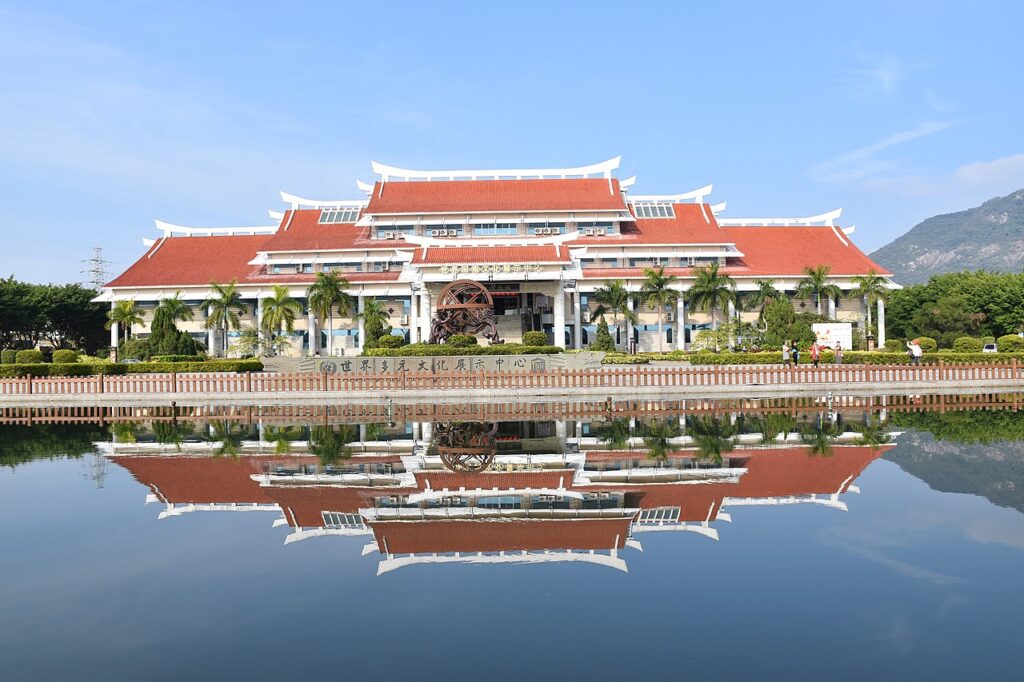
The property contains several religious buildings, such as the Qingjing Mosque (11th century AD), which is thought to be one of the oldest remnants of Islamic culture in China. The site also encompasses many archaeological remains revealing crucial information about the city’s administration, defence systems, industry and transportation.
The Great Spa Towns of Europe
Some 11 European towns in seven countries come together to form The Great Spa Towns of Europe: Baden bei Wien (Austria); Spa (Belgium); Františkovy Lázně (Czechia); Karlovy Vary (Czechia); Mariánské Lázně (Czechia); Vichy (France); Bad Ems (Germany); Baden-Baden (Germany); Bad Kissingen (Germany); Montecatini Terme (Italy); and City of Bath (United Kingdom).
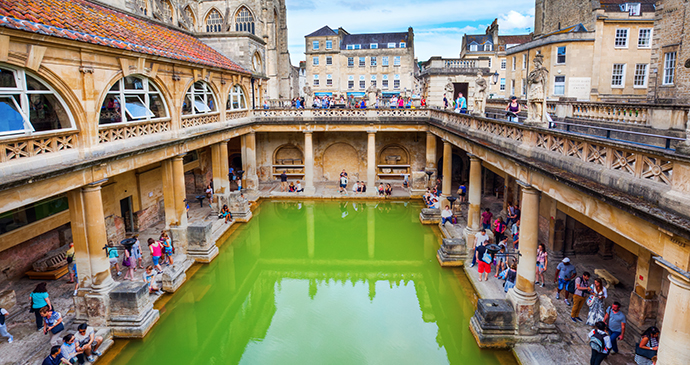
All of these were established due to their proximity to natural mineral water sources and played a major role in the development of the international spa culture expanding from the early 18th century until the 20th century. This led to the emergence of grand resorts, pump rooms, gardens, colonnades, casinos and theatres, tending to new and constantly evolving recreational and therapeutic needs. All the cities listed embody developments in science and balneology as well as human values and priorities.
Trans-Iranian Railway
Crossing two mountain ranges as well as four different climatic areas, the Trans-Iranian Railway connects the Caspian Sea in the northeast with the Persian Gulf in the southwest. Spanning an incredible 1,394km, the railway was completed in 1938 after nearly 10 years of construction.
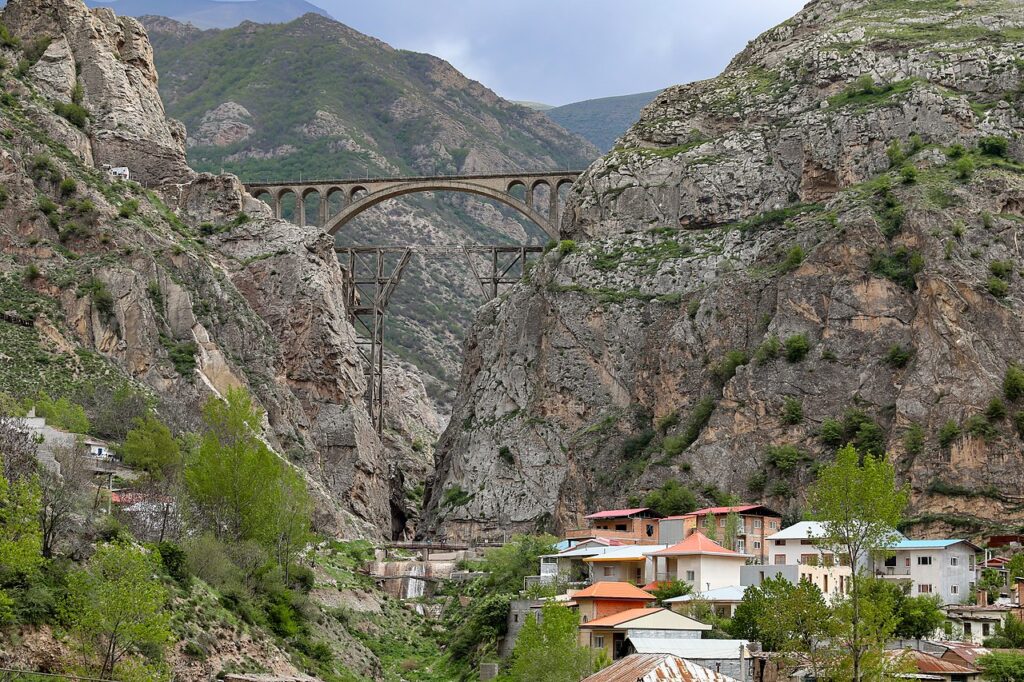
Due to such rugged and often mountainous terrain, the engineering was challenging as extensive mountain cutting was involved as well as the building of 360 bridges and 224 tunnels. Differing from most other projects of these kind, the railway was solely financed by national taxes and no foreign investors were involved.
Ḥimā Cultural Area, Saudi Arabia
Located on one of the Arabian Peninsula’s ancient caravan routes in the mountainous southwest of Saudi Arabia, this site encompasses a multitude of rock art, displaying hunting scenes, fauna, flora and lifestyles over 7,000 years.
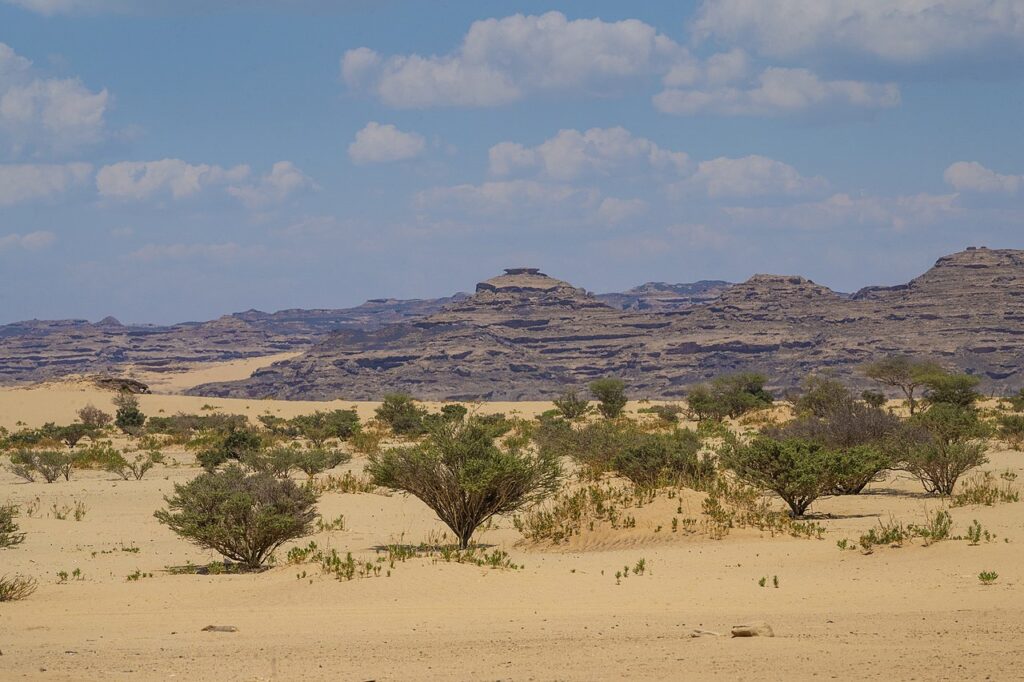
Over centuries, travellers left a wealth of rock inscriptions and petroglyphs in several different scripts. The site also contains many archaeological treasures such as stone tools and ancient wells. Some of the wells of Bi’r Ḥimā are more than 3,000 years old and still produce fresh water.
Amami-Oshima Island, Tokunoshima Island, Northern part of Okinawa Island, and Iriomote Island, Japan
These four islands situated in the southwest of Japan encompass some 42,000ha of subtropical rainforests yet are entirely uninhabited by humans. The biodiversity is incredible with a multitude of native species, many of which are endangered, for example the Amami rabbit (Pentalagus furnessi) and the Ryukyu long-haired rat (Diplothrix legata).
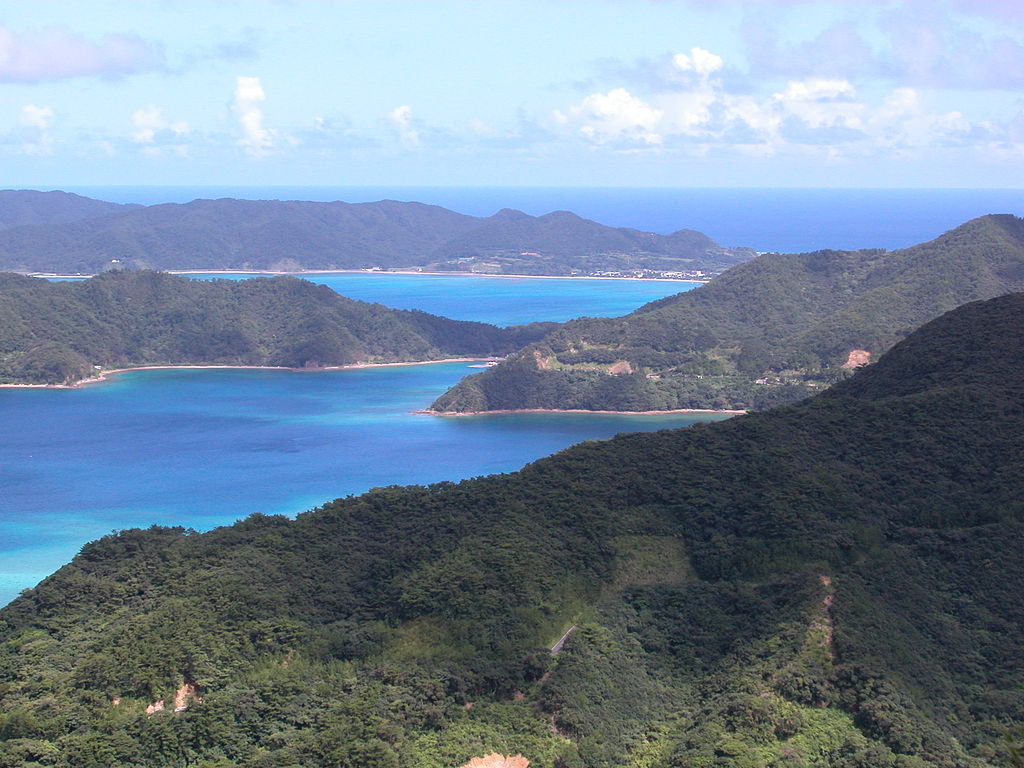
In total, five mammal species, three bird species and three amphibian species on the islands have been identified globally as Evolutionarily Distinct and Globally Endangered (EDGE) species.
Colchic Rainforests and Wetlands, Georgia
Stretching for 80km along the eastern coast of the Black Sea in Georgia, this site provides insights into Colchic ecosystems with altitudes ranging from sea level up to 2,500m above. The climate in the Colchic district is mild and humid, rarely freezing and with a metre or more of precipitation each year, and the characteristic landscape is subtropical forest with well-developed evergreen underwood consisting of many tertiary relicts.
The broad-leaved rainforests contain plenty of autochthonous animals and plants, including many globally endangered and relict species. Some 19 animal species living on the site are currently threatened, including the critically endangered Colchic sturgeon.
Getbol, Korean Tidal Flats
Situated in the eastern Yellow Sea on the southwestern and southern coast of the Republic of Korea, this contains four component sites: Seocheon Getbol, Gochang Getbol, Shinan Getbol and Boseong-Suncheon Getbol. These regions are unique due to their coastal diverse sedimentary systems as a combined consequence of geological, oceanographic and climatologic condition.
There are four subtypes of tidal flats which are all represented by one of the components. With around 2,150 species of flora and fauna, including several endangered species, the biodiversity on this site is astonishing. The property is also crucial in providing a habitat for around 118 migratory bird species.
Kaeng Krachan Forest Complex, Thailand
This forest complex is situated on the Thai side of the Tenasserim mountain range, characterised by semi-evergreen/dry evergreen and moist evergreen forest mixed with several other types of woodland. The site contains a rich diversity of birdlife, of which unfortunately eight species are currently globally endangered.

Some of its endangered species include Siamese crocodile, Asiatic wild dog, Asian elephant and the Asian giant tortoise. Overall, eight different cat species live in the area including tiger, fishing cat, leopard and Asian golden cat.
Petroglyphs of Lake Onega and the White Sea, Russian Federation
Situated in the Republic of Karelia in the Russian Federation, this encompasses around 4,500 petroglyphs from approximately 6,000 to 7,000 years ago. Documenting Neolithic culture, it contains two component sites around 300km apart: one at Lake Onega with around 1,200 inscriptions, and another by the White Sea in the District of Belomorsky containing 3,411 figures.
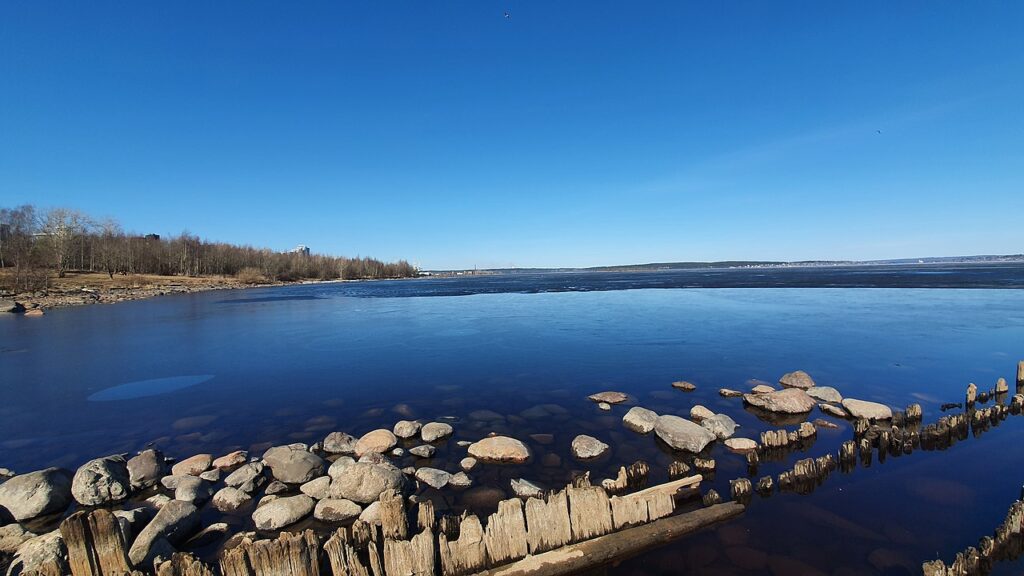
The latter displays mostly carvings of hunting and sailing scenes as well as animal and human footprints. At Lake Onega, the rock art represents birds, animals, half-human and half-animal figures as well as geometric shapes, possibly signifying the moon and sun.
More information
For more information on these incredible countries, have a look at our guidebooks:
